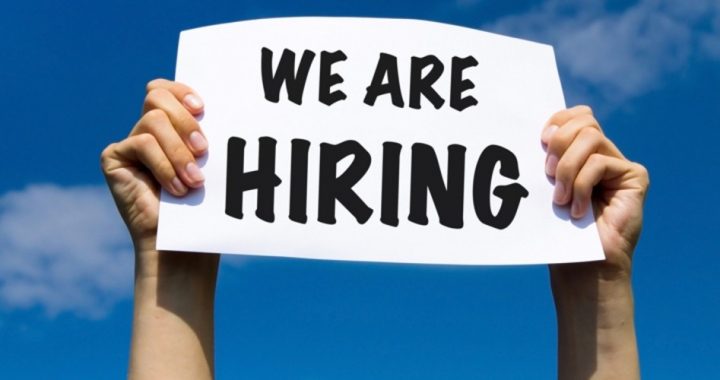
Once again economists’ forecasts fell short in November, with the surging economy generating 228,000 new jobs compared to estimates of fewer than 200,000. According to the Bureau of Labor Statistics (BLS), the unemployment rate stayed at 4.1 percent, with most of the growth taking place in construction, manufacturing, professional and business services, and education and health services. These are regarded in general as high-paying jobs, as compared to “leisure and hospitality” positions, whose numbers increased only modestly last month.
Wage growth stayed ahead of inflation, but was disappointing to a number of observers who are looking for employers to offer higher wages to attract more people. However, the robot revolution is taking its toll, partly because of improved technology allowing machines to do more and more of the repetitive work human workers used to do, and partly due to minimum-wage laws that are inevitably making those robots more attractive to employers than low-skilled workers are.
Overall, the BLS report reflected the strength of the U.S. economy, noting that 858,000 more people were working in November than at the start of the year. Employment in professional and business services continued upward, having added more than 500,000 jobs since January 1. Manufacturing job growth since last November has increased by nearly 200,000 new positions, bringing unemployment in that industry to a record low 2.6 percent.
Not often mentioned is how increasing employment impacts the stock market. Every new job creates more wealth than the wage paid to obtain it (or else a company wouldn’t hire new people). Economists continually tout the claim that 70 percent of America’s gross domestic product (GDP) comes from consumers. Ergo, more people working and making more money will make the economy grow more quickly — which increases job growth which increases wages which increases consumer spending which drives the economy ever higher, and so on and so forth. But it’s the real wealth created by new workers that generates more profits for companies that is then reinvested into new technologies and cost-saving improvements that makes the economy grow. The consumers enjoy the end products, but it’s the producers making them that drives the economy.
And the stock market. Forecasts of stock performance for 2018 abound. With stock indexes (the Dow, the S&P 500 Index, and the NASDAQ being the primary ones) continuing to set new highs, forecasters are dusting off their crystal balls and opining positively about next year. JPMorgan seers are predicting that the S&P 500 Index (made up of 500 of America’s largest companies, from Abbott Labs to Zoetis) will be five percent higher a year from now, while Goldman Sachs’ soothsayers are predicting it will be 10 percent higher.
The chances of stocks being higher next year are two out of three, according Mark Hulbert, one of those forecasters with an uncannily accurate record. According to Hulbert, however, it’s not magic; it’s history: In the 119 years since the creation of the Dow Jones Industrial Average, the Dow has gone up in 78 of them, for an average of 65 percent of the time. Hulbert says it has nothing to do with how the market did the previous year, either. A year following a year of gains (such as 2017) or losses (such as 2015 when the Dow’s return, adjusted for inflation, went negative for the year), the market’s chances of going up remained the same: two chances out of three.
But — and there’s always a “but” — with the improving economy driven not only by consumer spending but by more profitable companies hiring workers and paying them more, 2018’s chances for gains in stocks may even be better than that. As Lawrence Tint, chairman of Quantal International, a firm that specializes in peering over the horizon for major international companies, pointed out: “We can be comforted by the fact that reasonably efficient [stock] markets always base their level on anticipated future returns [and] do not include history in that calculation.”
Translation: A growing economy generates its own future growth, which bodes well for stocks for 2018. It’s about as close to a perpetual motion machine as can be found anywhere. Until, of course, it stops, usually through political interference or excessively exuberant investors borrowing to buy stocks and creating bubbles in the process. At the moment, bubble-watchers see little to pop as the economy continues to outperform the forecasters.
An Ivy League graduate and former investment advisor, Bob is a regular contributor to The New American magazine and blogs frequently at LightFromTheRight.com, primarily on economics and politics. He can be reached at [email protected].
Related articles:
Total Black Friday Sales Set Records; Cyber Monday Also Likely a Record



